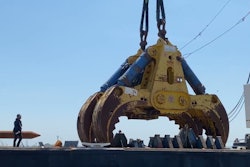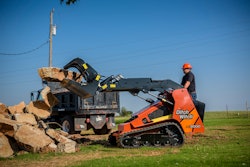 The Forbidden City
The Forbidden CityGet the History channel on the phone because we’ve got a great idea for their next reality series.
A new engineering study delves into the mammoth task Chinese workers in the 15th Century faced in building the Forbidden City and the findings shed light on a brilliant tactic.
The city was built with massive stones, some upward of 120 tons. So how did these workers move all of those stones over long distances in a time before cranes, wheel loaders and powerful trucks?
They slid them.
Not atop a huge series of logs as other ancient workers likely moved giant things. And while it’s possible they could have hauled them in wheeled beds pulled by animals, the recorded account that the engineering researchers from Princeton and the University of Science and Technology Beijing focused on says that the Chinese workers froze a path ahead of them as they went and pulled the stones atop the ice.
To do this, they welled for water, every half kilometer or so and poured the water along the path and let it freeze in the winter cold. The new study confirms that the winter temperatures in Beijing were warm enough to freeze such a path, but warm enough to allow for water to be used atop the ice for extra lubrication for at least a few minutes.
But the team’s study was mainly meant to explore whether this frozen path method was truly the best option available. Turns out, it was. Dragging the stones over logs involves up to 20 times more friction than rolling them atop ice, the study found. Plus, it’s easier to maneuver in different directions since only the stone must be turned rather than both the stone and the logs.
And that’s not to say this was an easy feat. Nearly 50 men were likely needed to pull the stones atop the ice, not to mention having to dig a well every 1,600 feet along the way of a 43-mile journey in the dead of winter.
Via: Popular Mechanics
Source: PNAS









